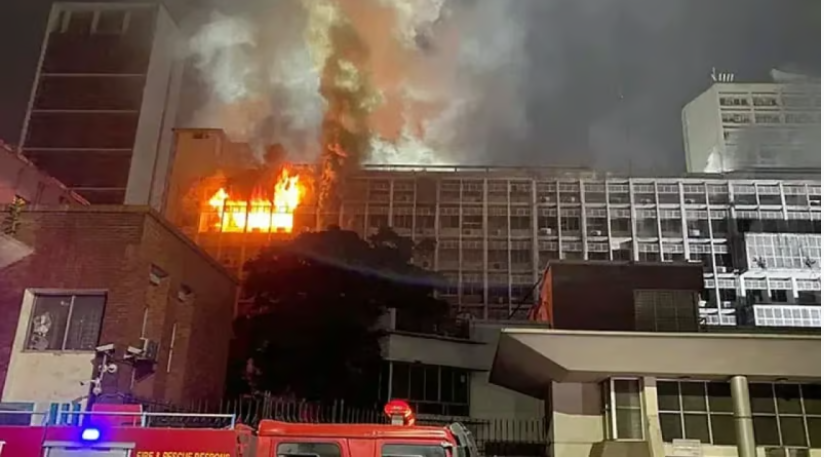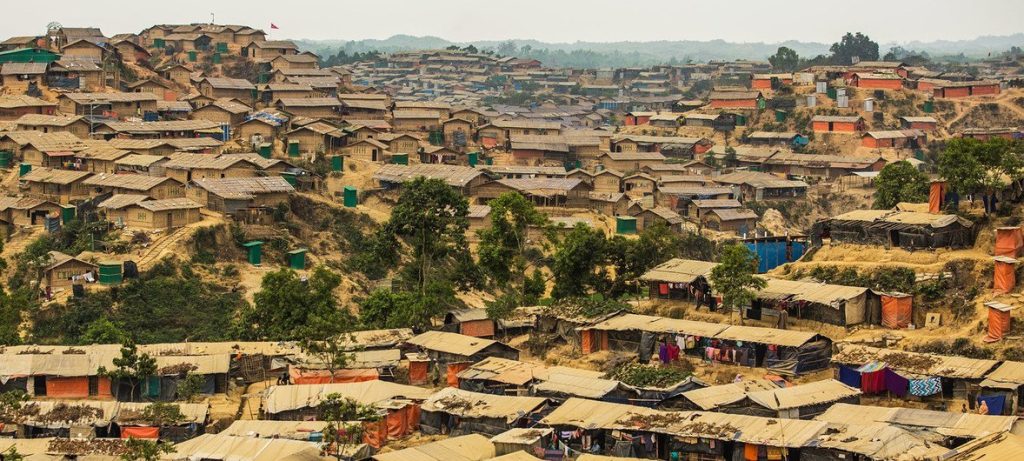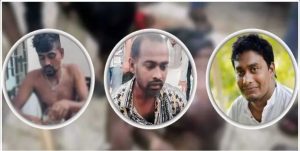
Two individuals were beaten to death on the same day at the country’s top two public universities, allegedly by their fellow students. Among the victims was a student and an activist affiliated with a political party. The other victim, who was mentally unstable, was killed on suspicion of theft. Disturbingly, reports indicate that prior to the fatal attack, he was made to sit at a table and was fed rice, a scene that has circulated widely in both mainstream and social media.
What a brutal society we live in! Students from institutions renowned for their intellectual rigor resorted to mob justice, resulting in two senseless killings. Does attending such a prestigious university turn individuals into murderers? Are they being taught to carry out executions without trial instead of learning about justice? Is the university failing to instill a sense of humanity in its students? What values are being imparted there? Or are these incidents merely isolated events?
Mob and Justice
The term “mob” typically refers to a violent or agitated crowd, characterized by unruly behavior, often resulting in lawlessness. Mobs can vary in size, and while there’s no specific threshold for how many individuals must be present to constitute a mob, they are commonly perceived as both a social and psychological issue. Not everyone in society participates in mob behavior, even when given the opportunity or provocation.
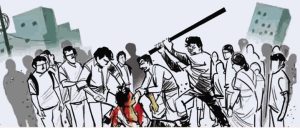
According to Section 141 of the Bangladesh Penal Code, a group of five or more individuals engaged in unlawful activities is classified as an “unlawful assembly.” If this assembly becomes violent, it may be referred to as a “mob” or a “riot.”
Section 141 defines an “unlawful assembly” as one where the common objective of its members is: First.-To overawe by criminal force, or show of criminal force, Government or Legislature, or any public servant in the exercise of the lawful power of such public servant; or
Second.-To resist the execution of any law, or of any legal process; or
Third. To commit any mischief or criminal trespass, or other offence; or
Fourth.-By means of criminal force, or show of criminal force, to any person to take or obtain possession of any property, or to deprive any person of the enjoyment of a right of way, or of the use of water or other incorporeal right of which he is in possession or enjoyment, or to enforce any right or supposed right; or Fifth.-By means of criminal force, or show of criminal force, to compel any person to do what he is not legally bound to do, or to omit to do what he is legally entitled to do.
To intimidate, through criminal force or threats, the Government, Legislature, or any public servant exercising lawful authority, to resist the execution of any law or legal process; to commit mischief, criminal trespass, or other offenses; to use criminal force to take possession of property or to deprive someone of their rights, such as access to pathways or water; or to employ criminal force to compel someone to act against their legal obligations or to refrain from exercising their legal rights. All of these are punishable offenses. However, if someone is killed through such mob action, it is a crime punishable by death under Section 302 of the Penal Code.
Characteristics of a Mob
A mob has certain characteristics, such as the need for a specific goal that brings a group of people together. This gathering can be pre-planned or spontaneous. Members of a mob are usually in an excited state, often formed around rumors or a real event. Mobs generally disregard established laws or authority, attempting to enforce their own decisions.
Mobs typically form suddenly, and there may not be a clear leader, although leadership can emerge during the incident itself. For instance, someone might step forward voluntarily to lead the mob. The actions of mobs are usually violent, involving public beatings, arson, vandalism, chasing down individuals, and even killing them. Because of these actions, the term “mob” is often used negatively. In most cases, those participating in a mob violate the country’s laws and ethical standards, punishing either guilty or innocent individuals.
Mob and Justice
While “mob” often carries a negative connotation, the term “justice” typically signifies fairness and the rule of law. Justice implies not only judgment but also an ethical commitment to what is right. However, when a mob forms to execute someone without a trial—regardless of whether the person is accused of theft, robbery, rape, or even sedition—such actions are unjustifiable.
No individual or group has the right to take the law into their own hands, regardless of the alleged crimes of the accused. The state does not grant this authority to anyone; if it did, the entire judicial system and the rule of law would lose their significance. Therefore, when individuals are killed under the guise of so-called “mob justice,” especially in the presence of law enforcement, it does not constitute justice at all. Instead, it represents mob anarchy and undermines the integrity of the very law enforcement agencies meant to uphold public order.
History of Mob Justice
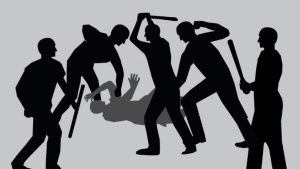
Mob justice is not a new phenomenon; it has been a part of various societies throughout history. It often arises when people lose faith in conventional legal systems and take justice into their own hands. For instance, during the Middle Ages in Europe, mob justice was prevalent during witch hunts, where suspects faced public torture or execution. In the United States during the eighteenth and nineteenth centuries, lynching became a grim reality for the Black community, with white mobs executing individuals without trial. This violence was closely linked to the broader context of systemic racism and oppression.
Despite advancements in modern science and society, mob justice persists in various parts of the world, particularly in regions where judicial systems are weak, slow, or nonexistent. In such contexts, large segments of the population may feel that they cannot achieve justice through conventional means. Recently, the rise of social media has further fueled mob justice, as rumors, fake news, and sensational claims can spread rapidly, inciting violence and unrest. In these environments, alleged religious sentiments and misinformation can quickly lead to tragic outcomes.
What is Happening in Bangladesh?
On the night of September 19, a tragic incident unfolded at Dhaka University, the country’s most prestigious educational institution. A mentally unstable young man, Tofazzal Hossain, was beaten to death by a group of students who had eaten rice just before the attack. It later emerged that Tofazzal had long struggled with mental health issues due to various family problems and was known to be a wanderer from Patharghata upazila in Barguna. Although he had previously been associated with Chhatra League politics, the circumstances of his death raise serious ethical questions. Even if Tofazzal had indeed stolen something—though this remains unproven—does that justify a mob killing? Can any rational individual accept such behavior from students of a leading university?
On the same day, Shamim Ahmed, also known as Shamim Molla, a former leader of the Chhatra League at Jahangirnagar University, was killed under similar circumstances. He was allegedly involved in attacks on protesting students and teachers during a recent uprising in July. Even if these allegations are true, the country has a judicial system in place to address such matters. The university administration could have acted against him, and if there were specific charges, he could have faced trial. Why, then, was he killed without allowing for due process? This raises concerns about the lack of faith in the conventional justice system. Ultimately, these incidents reflect a disturbing trend where revenge replaces justice, leading to further violence and the individuals involved becoming perpetrators of murder themselves.
How Many People Have Been Killed So Far?
As of September 20, reports from the human rights organization Human Rights Support Society (HRSS) indicate that at least 33 people have been beaten to death in Bangladesh over the past two months. Notably, Abdullah Al Masud, a former leader of the Rajshahi University Chhatra League, was killed last month before the recent deaths at Dhaka and Jahangirnagar universities. He was attacked while fetching medicine for his newborn child and wife at the RU Medical Center.
Additionally, on September 5, a suspect named Ledu was killed in Bogura during a mob lynching connected to the hacking of Mizanur Rahman Mizan, a leader of a Swecchhasewak Dal. Earlier, on August 17, three individuals—Rahat Hasan Bipu, Saidul Islam Yasin, and Syed Arafat Sharif—were also lynched in Jatrabari, Dhaka. Furthermore, on September 13, two more people were killed on suspicion of cow theft in Madaripur.
Why Is Mob Justice Not Stopping?

Dr. Muhammad Yunus, Chief Advisor of the interim government of Bangladesh
Despite ongoing warnings from the interim government and law enforcement against mob justice, incidents of violence continue to escalate. Since the mass uprising following the fall of the Awami League government on August 5, there have been multiple reports of killings, vandalism, and looting across the country. The interim government has consistently emphasized that taking the law into one’s own hands is illegal, yet these admonitions appear to have little effect.
On September 20, the Chief Justice’s office issued a statement against mob justice and destructive actions, reiterating that such acts are punishable offenses. However, just hours later, a man named Nuru Islam was beaten to death in the Jhilpar area of Khilgaon, highlighting the disconnection between official statements and real-world actions. Even with high-level officials, like Home Affairs Adviser Lieutenant General (retd.) Md. Jahangir Alam Chowdhury, urging citizens not to engage in violence and promising strict legal action against offenders, the cycle of mob violence persists. This raises critical questions: Is the message from the state not reaching those perpetrating these acts? Are they disregarding government instructions, or is there a deeper issue at play?
The question swirling in the minds of the public is whether the police, the largest law enforcement agency in the state, are functioning effectively. Are they fully fulfilling their duties? How can these incidents occur even when military personnel are deployed and granted judicial powers? Is the government truly operating as it should? If not, why is that the case, and does the government know the cause?
